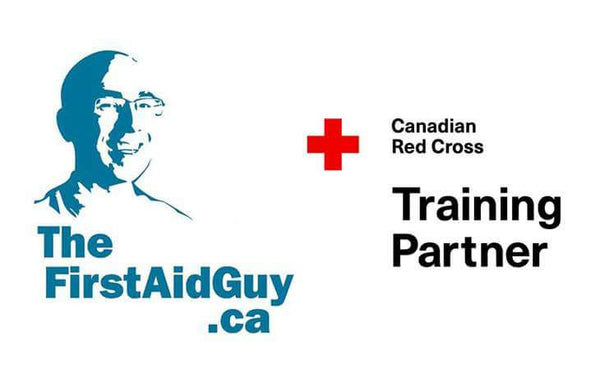Emergency Preparedness 101: Autumn Storm Safety for Beginners
Share
Autumn is a season of transition. The warm embrace of summer gives way to cooler temperatures, vibrant leaves, and the promise of cozy evenings. However, as the season changes, so does the weather. Autumn storms can bring a mix of wind, rain, and sometimes even snow, making it essential for everyone, especially beginners, to be prepared. In this guide, we will cover the basics of emergency preparedness for autumn storms.
1. Stay Informed
The first step in being prepared is staying informed about the weather. Thanks to modern technology, it's easier than ever to access real-time weather updates. Here's how you can do it:
-
Weather Apps: Download a reliable weather app on your smartphone. These apps often provide live weather radar, forecasts, and storm alerts.
-
Weather Websites: Numerous websites offer comprehensive weather information. Keep an eye on websites that provide up-to-date local weather conditions.
-
Weather Radio: Consider investing in a weather radio, which can provide continuous updates and alerts, even during power outages.
2. Create an Emergency Kit
Every household, whether you're new to storm preparedness or not, should have an emergency kit. This kit should include:
-
Water: Plan for at least one gallon of water per person per day, enough to last for several days.
-
Non-Perishable Food: Stock up on canned goods, energy bars, and other non-perishable food items.
-
Flashlights: Include several flashlights and spare batteries to ensure you have a reliable source of light during power outages.
-
First-Aid Kit: A basic first-aid kit is essential for addressing minor injuries and medical needs.
-
Blankets and Warm Clothing: Autumn storms can bring chilly weather. Have blankets and warm clothing on hand in case of power outages.
-
Chargers and Power Banks: Ensure that your devices, such as cell phones, are charged. Keep power banks in your kit to stay connected in case of power loss.
3. Develop an Evacuation Plan
In some situations, evacuation may be necessary. Whether it's due to flooding, wildfires, or other hazards, having a well-thought-out evacuation plan is crucial. Here's how to get started:
-
Designate Meeting Points: Choose a location where your family can meet if you're separated during the evacuation.
-
Emergency Contacts: Compile a list of emergency contacts, including relatives and friends who live outside the affected area.
-
Transportation: Plan how you will evacuate. Ensure your vehicle is in good working order and has a full tank of gas.
4. Secure Your Home
Take steps to secure your home before the storm hits:
-
Clear Gutters and Drains: Remove leaves and debris from gutters to prevent water buildup.
-
Trim Trees and Shrubs: Prune overhanging branches that could potentially damage your property.
-
Secure Outdoor Items: Store or secure outdoor furniture, trash cans, and any items that could become projectiles in high winds.
5. Stay Calm and Informed During the Storm
Once the storm arrives, it's important to remain calm and stay informed. Pay attention to local authorities, weather alerts, and warnings. Keep your emergency kit handy, and use your charged devices to stay connected to the outside world.
Conclusion
Autumn storms can be unpredictable, but with the right preparation, even beginners can stay safe. Start by staying informed, creating an emergency kit, developing an evacuation plan, securing your home, and staying calm and informed during the storm. Remember, being prepared is the key to ensuring the safety of you and your loved ones during autumn storms.
Register for your First Aid course at www.TheFirstAidGuy.ca
